Beebots and Bluebots
How do you use Beebots in the classroom.
Beebots and Blue are a wonderful introductory device to teach computational thinking and algorithms. Primarily targeting Age 5-8 these devices do have other applications beyond algorithms. This post will propose some ideas for using Beebots and Bluebots.Once students have mastered how to program beebots teachers often think their use is over but they can be used as a tool for students to demonstrate their understanding of other concepts in other curriculum areas.
As these devices are often sold in lots of 6 schools often only have 1 or 2 sets. This makes it difficult to have a class of 30 completing the same activity. I think this technology is most useful in small groups, many teachers have rotating literacy and numeracy groups where each group completes one task a day. I have included some activities below that would work with small groups or where you have enough devices for one between 2 or 3 students.
Mats
- Students may create their own mats using cardboard or large sheets of butchers paper.
- Use commercial mats available from educational suppliers.
- Purchase a clear plastic table cloth and rule up a grid 15cm x 15cm this can then be used to place over your flash cards.
Beebots/Bluebots
AlgorithmsBeebots are a great way to introduce algorithms and computational thinking.
One method for beginning with beebots is to allow time to play, and explore how they work. Once students have had some experience using the devices and mastered the turning and movement, the next step will be planning of movement.
Suggested method for designing and planning algorithms
- Play
- Design and Planning
- Testing
- Redesign and Edit
- Check
- Friend to test
- Write up the algorithm
Students can use traditional procedures or you may like to introduce visual planning using flow charting
It doesn't have to be complicated. Young students may use arrows while older students may introduce vocabulary for navigating the beebot.
Image Source
- Forward
- Backward
- Left
- Right
- Turn
- Right Angle
- repeat
- steps
Position
Beebots can be used to teach position and navigation. In this instance there are no rules on which mats you use as the purpose of the lesson is to navigate from one point to another.
As students become more familiar with position you may start to include words like:
- loop or repeat
You may also set challenges that could include If..then..else.
- If there is a picture on the square turn left, else go forward.
- If you reach the edge of the mat turn right.
Literacy
Place alphabet flash cards under a clear mat and students practise spelling sight words or spelling lists.
Place sight words under the clear mat, students then set challenges for their buddy. Move from when to mother.
Story telling
When you read a story you can use the events in the story as pictures for your mat and ask students arrange the events in order and to navigate the mat in order of the events in the story.
Image Credit: Meridith Ebbs @imerinet
Numeracy
Place numbers under a clear mat. Students then navigate to the friends of 10 eg: Move from 7 to 3, 8 to 2.
Number concepts
Navigate to all the even numbers.
Navigate to the answer to a sum. eg: 15 + 7 to 23.
Position
Use the beebot to learn left, right, forward and back.
Give and follow directions.
Use the bee on a map and use co-ordinates to navigate the bee. eg: A3 to D4.
If Player 2 is correct they get the counter. If player 2 makes a mistake due to word recognition or incorrect programming player 1 gets the counter.
Costumes
Costumes could create science or History/Geography links.
This turtle costume could be used to tell the story of a turtle life cycle, be part of an ecosystem narrative or be one of several costumes that have characters in a story or larger narrative.
Create some obstacles using pictures of rocks, reeds, a coral reef, plastic bags in the water and place these under a mat or draw them directly onto a piece of cardboard. Then the students can create stories or give directions to get from one place to another.
Bingo
To play bingo students will need the words or numbers/sums as flash cards under a clear mat. You then give them the same bingo card. - Player 1 tells Player 2
- Navigate from the word "because" to "why"
- Player 2
- Programs the beebot to complete the challenge.
If Player 2 is correct they get the counter. If player 2 makes a mistake due to word recognition or incorrect programming player 1 gets the counter.
Costumes
Costumes could create science or History/Geography links.
This turtle costume could be used to tell the story of a turtle life cycle, be part of an ecosystem narrative or be one of several costumes that have characters in a story or larger narrative.
Create some obstacles using pictures of rocks, reeds, a coral reef, plastic bags in the water and place these under a mat or draw them directly onto a piece of cardboard. Then the students can create stories or give directions to get from one place to another.
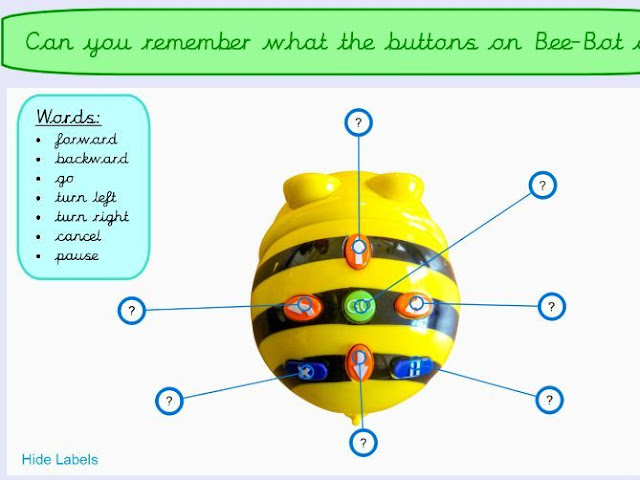


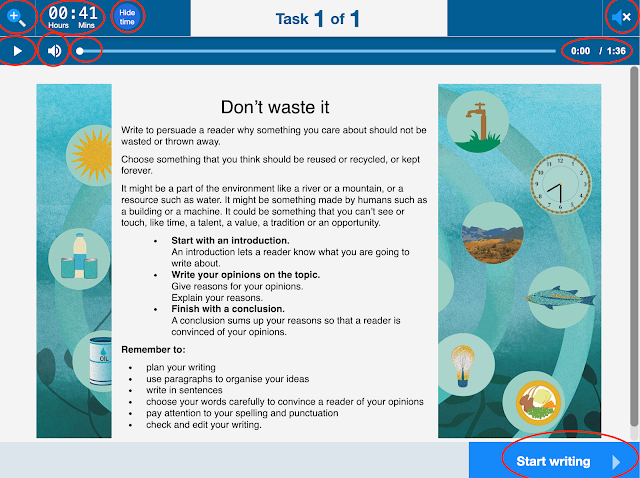




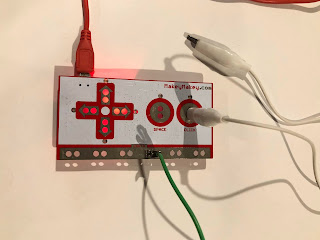
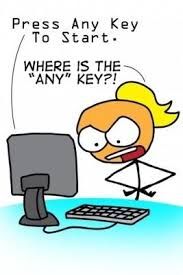

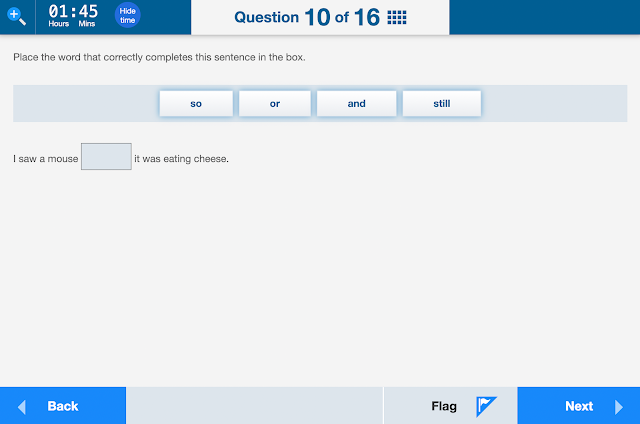
Comments
Post a Comment